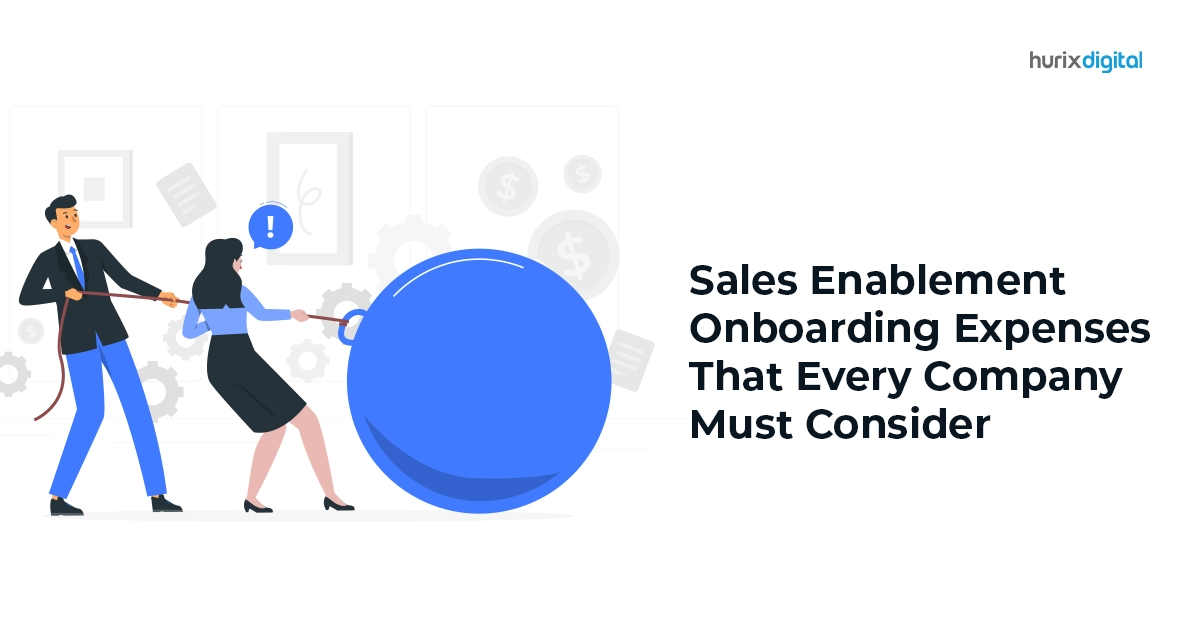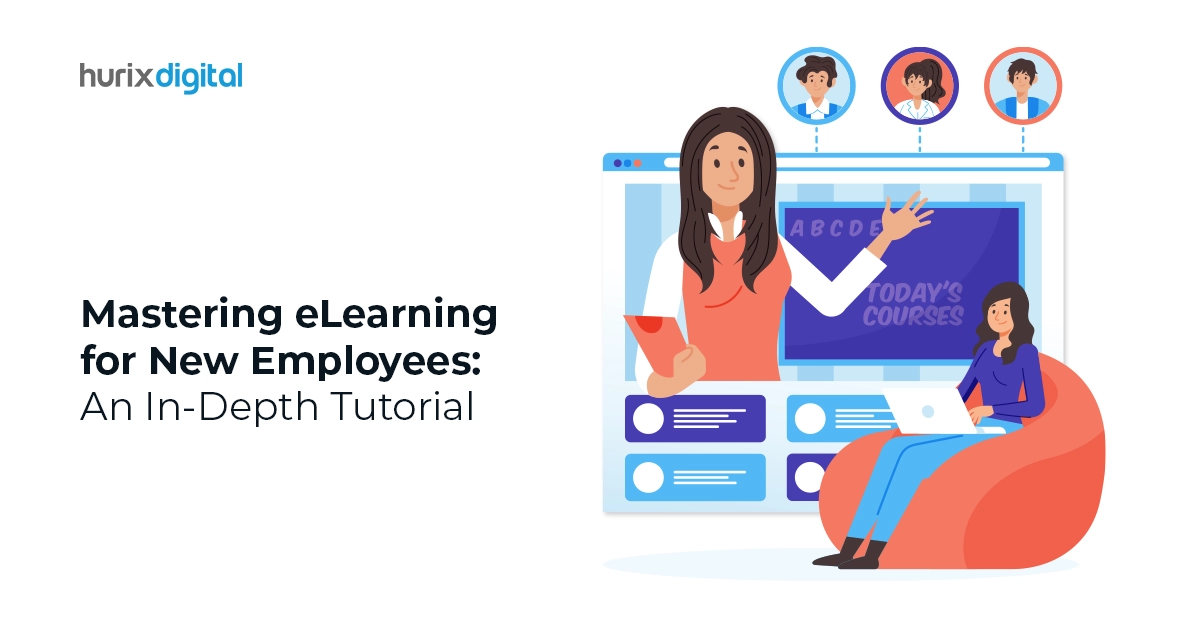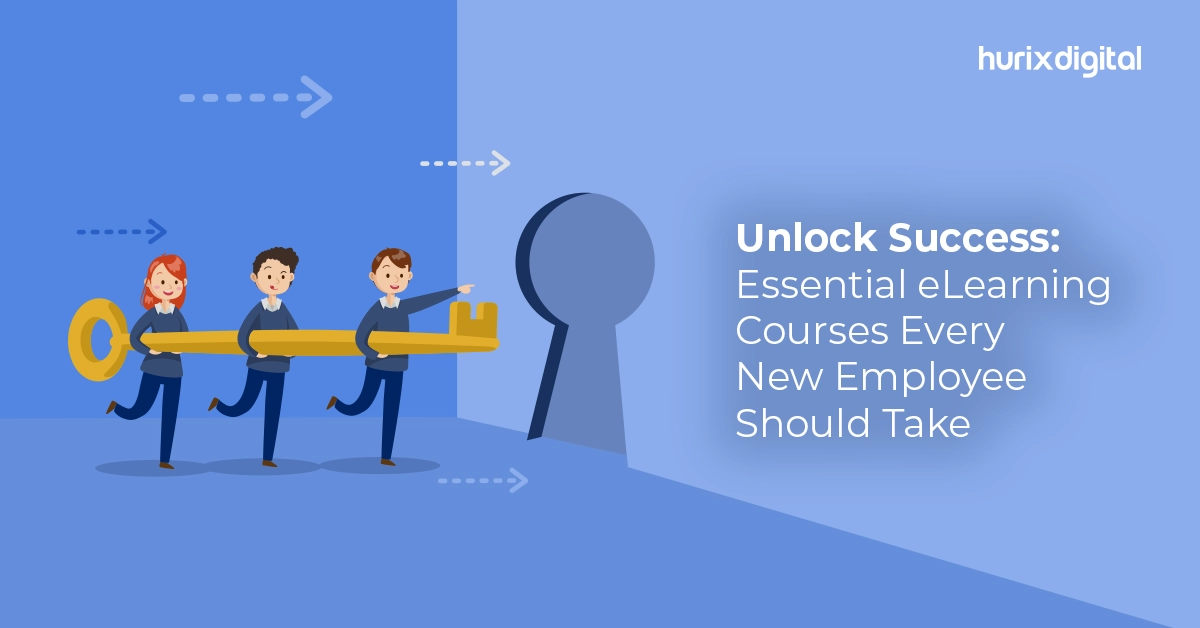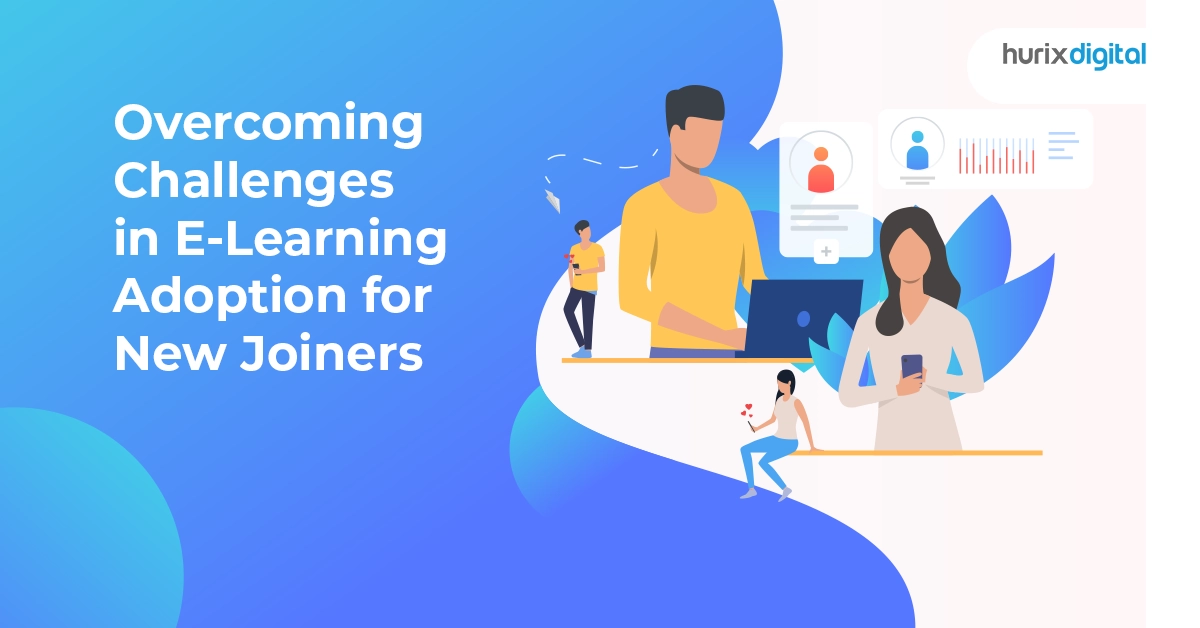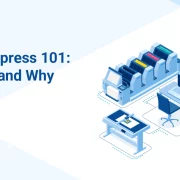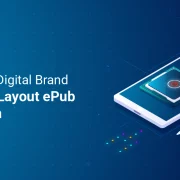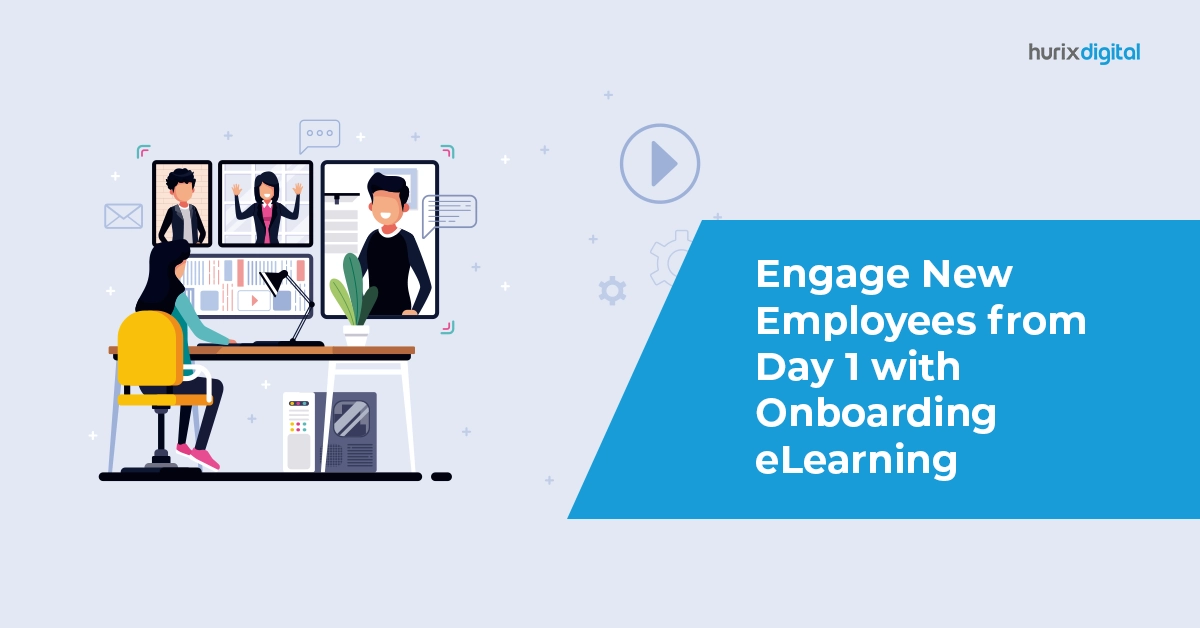
Engage New Employees from Day 1 with Onboarding eLearning
Businesses spend a significant amount of time, effort, and resources hiring the right talent. When a fresh recruit joins, human resource teams hope they will become productive quickly. However, often, this is not the case.
In reality, the Time to Productivity (TTP) may take weeks or even months. This may impact the company’s business goals.
The adoption of eLearning in the workforce can potentially disrupt the onboarding process for the better. By 2030, the eLearning market is estimated to be valued at $ 916.83 billion, growing at the rate of 17.52% from 2023 to 2030.
In this article, we deconstruct how ambitious businesses looking to expedite TTP and deliver a meaningful and effective onboarding experience are leveraging onboarding eLearning to drive superior outcomes.
Table of Contents:
- What is Onboarding ELearning?
- Onboarding eLearning Platforms for New Employees
- Impact of Onboarding eLearning
- To Summarize
What is Onboarding eLearning?
Typically, we think of employee onboarding as a single-day event or a combination of a few activities spread out in Week 1. This approach, however, may not be effective in retaining recruits, let alone boosting TTP.
On the other hand, onboarding eLearning is the process of offering fresh recruits a holistic onboarding experience. It combines elements such as new employee orientation, introduction to team members and bosses, and exposure to company culture alongside early investments in training.
Also Read: How Flexible Staffing Future-Proofs Your Workforce Planning?
Onboarding eLearning Platforms for New Employees
Adoption of an onboarding eLearning platform – a single, unified interface – helps businesses leverage technology to elevate the new recruit onboarding experience.
Businesses can curate transformative onboarding experiences in the following ways:
1. Onboard New Employees Anytime, Anywhere
As businesses shift to the hybrid or remote model of work, they must be geared to onboard employees from any national or international geographic area. Access to an onboarding eLearning platform enables businesses to onboard employees seamlessly across time zones without delays.
2. Automate the Process
Most onboarding processes are very dependent on human intervention. This means that employees can be properly onboarded based on the availability of team members, bosses, and mentors.
However, with the use of digital onboarding platforms, the onboarding process is completely automated. It takes away the dependency on human interventions. Employees can have a high-quality digital onboarding experience that is standardized. It can be designed to be welcoming, useful, and engaging.
3. Incorporate Employee Branding
The onboarding process presents an opportunity to showcase the company, its culture, and its values. By showcasing the company to recruits, businesses can instill a sense of pride and purpose in employees early on.
The use of an AI-powered Learning Management System (LMS) makes it easy for businesses to create, publish and distribute such content.
4. Build-in Training Early on
Businesses tend to start training only when they discover gaps in skilling, and knowledge, much later into the employee’s journey. However, training can be an ongoing, continuous process in a digital world. Kickstarting it early on can help fresh recruits adopt an attitude of learning early on.
Online training solutions enable businesses to develop personalized, data-driven learning pathways for fresh recruits based on their strengths, interests, and learning preferences. This process can be automated, and the learning progresses tracked, through the use of superior eLearning platforms.
5. Leverage the Power of Multimedia
Employees today are always struggling with a lack of time for learning. By building byte-sized multimedia resources, businesses can make learning a convenient, flexible, and engaging experience.
Fresh recruits can learn from the comfort of their smartphones through multimedia resources. These include videos, audio representations, slides, GIFs, eBooks, 3D models, and quizzes. They are accessibly stored in a digital library, and accessible on demand.
6. Share eLearning Materials Securely
An eLearning platform makes it easy to distribute learning materials securely without using external platforms such as email or messaging apps. Training facilitators can access learning resources, and share them securely with recruits, while recruits can enjoy a unified learning experience on the platform.
7. Pre-Schedule Team Introductions
Businesses can schedule digital team introductions with individual team members, direct reports, and managers to help recruits ease into their roles quickly. Superior corporate training platforms allow businesses to automate the scheduling of such meetings via video conference for fresh. This is not an ad hoc process, but all introductory meetings are done as per the onboarding process to drive productive outcomes.
8. Data-Driven Onboarding Learning
Today, data plays an important role in sustainable, cost-effective workforce development. The use of employee training platforms is helping businesses to track the progress of recruits, from Day 1. Based on their progress, businesses can take quick measures to support them via coaching and other steps, effectively.
Impact of Onboarding eLearning
Here’s a snapshot of benefits for businesses who design and deliver an onboarding eLearning program effectively:
1. New Employee Engaging Leads to Higher Retention
Higher engagement levels translate to longer employee retention. Engaging recruits early on sets the stage for a positive, nurturing work culture. In turn, they are more likely to stay longer at the company.
2. Nurture a Learning Mindset
New employees can start learning new skills and grow knowledge from Day 1. They can inculcate the practice of self-learning and grow faster.
3. Reduce TTP and Boost Team Productivity
Recruits have the framework to get productive quickly. They are aware of their job roles, reporting structure, and Key Performance Indicators. This clarity also benefits teams who need not fill in productivity gaps. Teams can be productive and collaborative.
4. Scale up Quickly
Businesses looking to expand and scale up operations quickly need to hire more employees in a short span. The adoption of the onboarding eLearning platform facilitates scalability through a streamlined, automated solution.
5. Increase Recruitment ROI
When fresh recruits have a longer TTP or leave the job within six months or less, these events lower recruitment ROI. Employees who are engaged and set up for success are more likely to drive business goals, which translates to higher recruitment ROI.
Check out EXCLUSIVE: Hurix Mini-Book: Effective Training Techniques For Enterprises With Distributed Workforce
To Summarize
Preparing new employees via a structured process is a stepping stone towards raising productivity. It sets the tone for future engagement, work culture, and growth of recruits.
Early investments in onboarding eLearning platforms give recruits the tools to progress quickly. Businesses can retain recruits for a longer period and reduce TTP significantly. This process also empowers existing employees to welcome recruits and collaborate seamlessly early on.
If your business is looking to enhance the employee onboarding process, consider partnering with Hurix Digital to leverage the benefits of its tech-enabled training frameworks for your unique needs. Our state-of-the-art Learning Management System is available both as a licensed version (one-time buy) and via a subscription model.
Reach out to us to start a conversation.

Performance, Results, Growth, and Life-Long Learning define my professional life. I am passionate about making workplace learning planful, purposeful, and impactful. I take pride in partnering with clients and bringing them the best in learning design and creating solutions that address business challenges.

